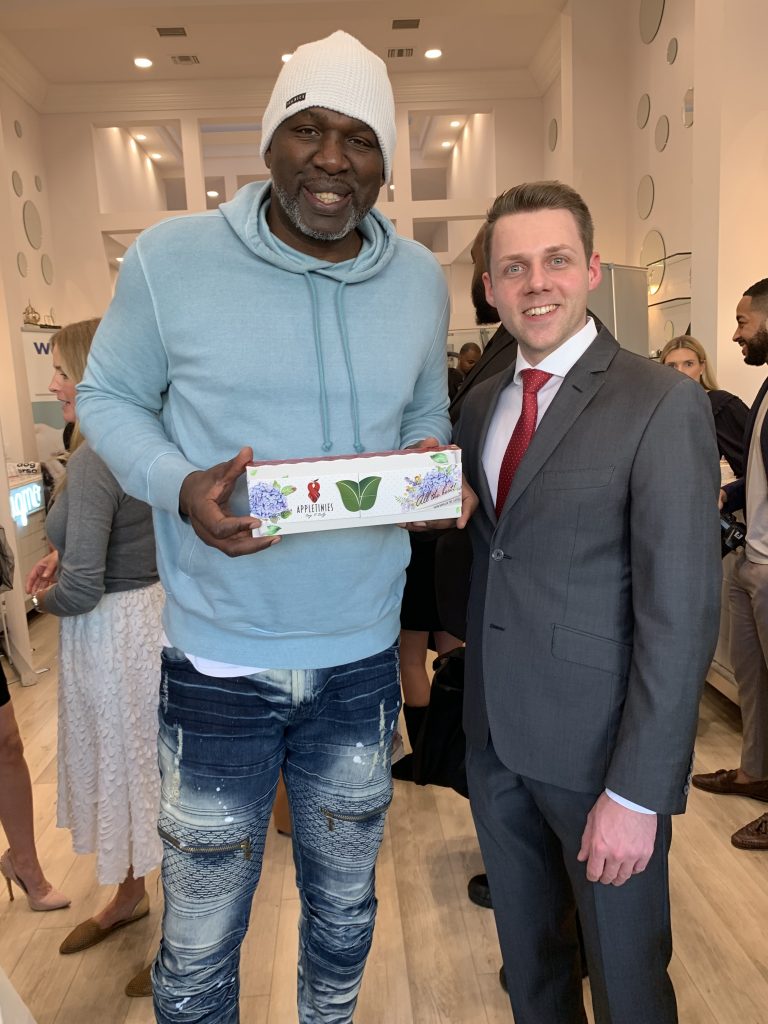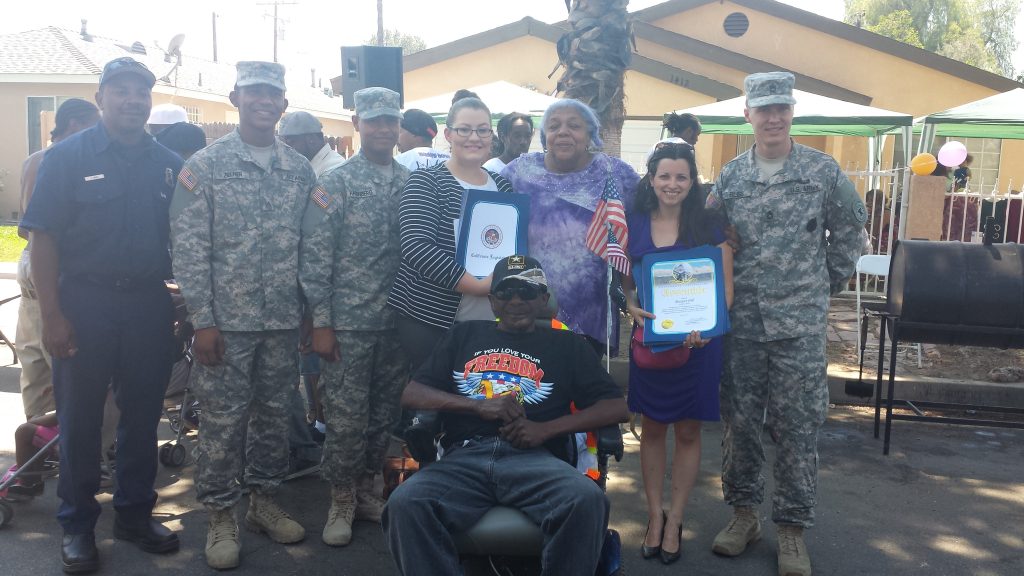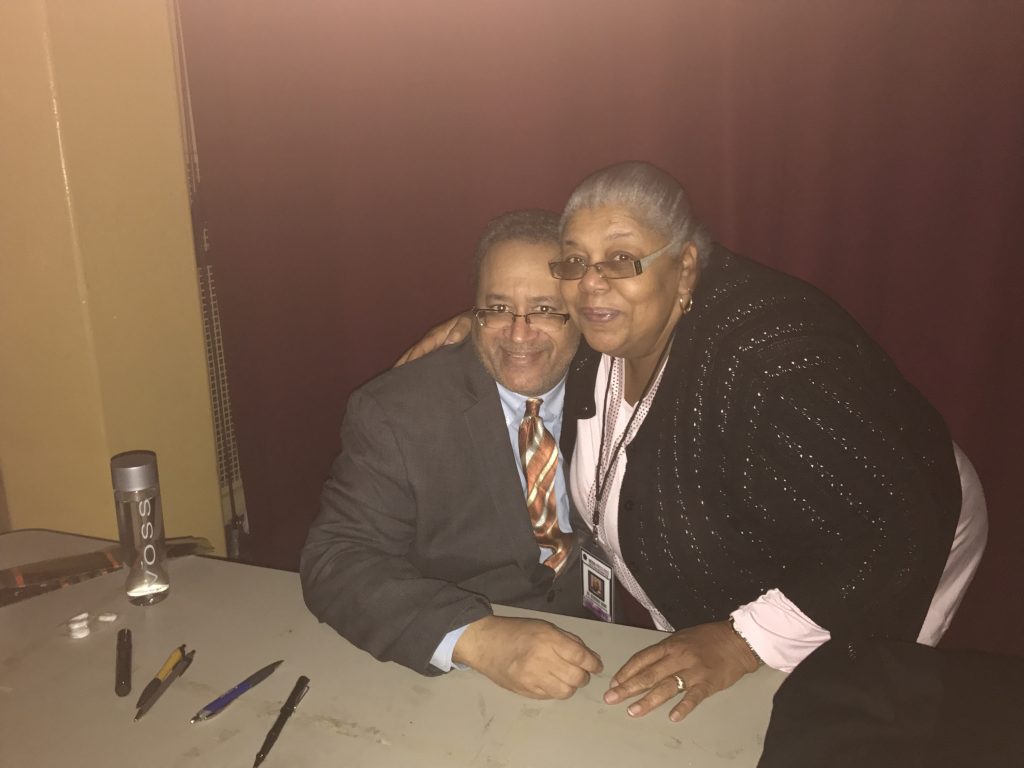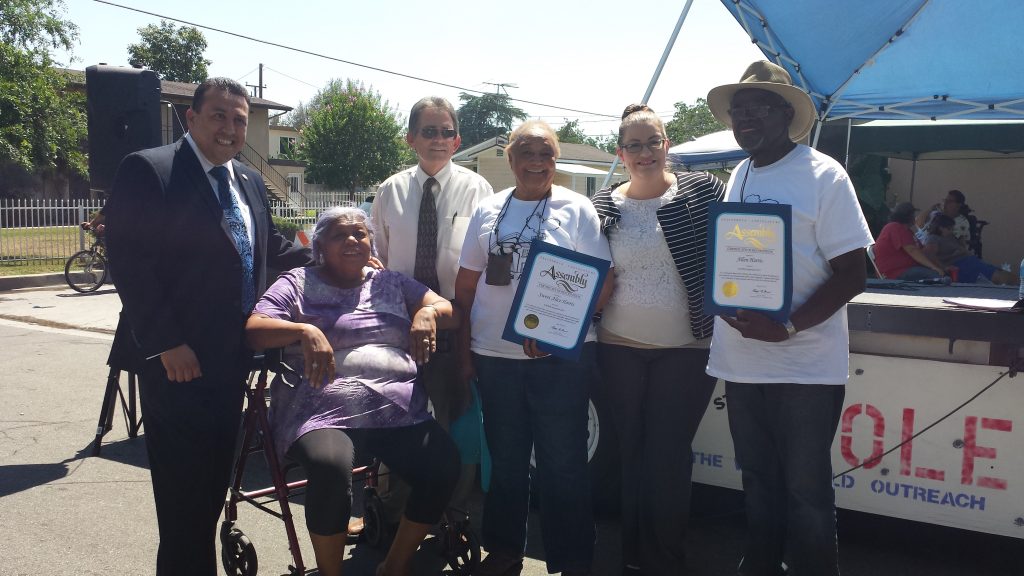By Aldon Thomas Stiles | California Black Media
Kim Kardashian West will likely check “Black
or African American” on the US 2020 Census form when marking the race of her
children.
In several interviews with various media
outlets, the famous media personality and businesswoman, who lives in the San
Fernando Valley near Calabasas, has said she’s very conscious of race when it
comes to her and rapper Kanye West’s four children.
Kardashian, who is half-White and
half-Armenian, has said she identifies the race of her children as “Black” and
says the advocacy she has recently been involved in: addressing racial
inequities in the criminal justice system – is partly inspired by the race of
her children.
On this year’s census form, Kardashian’s other
option for checking the race box to identify her children would be to select
“Other.” That’s if she chooses to count them as bi-racial or mixed race.
Race and ethnicity have often been – and
continue to be – controversial and misunderstood census categories. Experts
suggest that some people might be confused about the difference between the
two.
On the 2020 census forms, there will be six ways people can identify
their race: American Indian or Alaska Native; Asian; Black or African American;
White; Native Hawaiian or Pacific Islander; and Other.
Options will also be available for respondents
to include an ethnic identification, too. For instance, a Trinidadian-American
of African descent may select “Black or African American” under the racial
category and write in “Trinidadian” under the ethnic category.
According to the Census
Bureau, “Overlap of race and
Hispanic ethnicity is the main comparability issue.” For example, the
U.S. Census Bureau includes Black Hispanics in both the number of Blacks and in
the number of Hispanics.
Dr. Walter Hawkins,
former California State University San Bernardino Director of Research and Policy Analysis, helped clear
some of that confusion by detailing the numerous ways people can self-identify
on US 2020 Census forms, mentioning the “100 percent count.”
“Under the Census Bureau, in order to get the 100 percent count, they have to use what’s called the ‘Hispanic exclusive method’ because a person who is Hispanic can be any race. So, if you do not take that into consideration, you end up with over 100 percent,” said Hawkins.
Hawkins stated that this distinction affects the overall
count for African Americans in California.
“The Black alone ‘non-Hispanic’ population in California
is about 2.2 million compared to about 2.7 million if all racial and ethnic
combinations are included,” Hawkins said.
Hawkins noted that much of the complication with racial
self-identification originated from an old census rule called “head of
household.”
“If you marked ‘Black,’ your whole house was Black. And if you marked ‘White,’ your whole house was White,” Hawkins said.
Data collected during national censuses, which the federal
government conducts every 10 years, directly impacts not only the availability but
also the quality of services in communities, according to Dr. Anthony Asadullah
Samad, Executive Director of the Mervyn Dymally African American Political and
Economic Institute (MDAAPEI) at California State University Dominguez Hills.
Inaccurate census
counts can lead to billions of dollars lost in government funding for states
and local communities. That loss of cash can be critical for already under-served
neighborhoods that rely on federal and state tax dollars for social programs, healthcare,
infrastructure, schools and other local public services. Census counts also
determine the number of representatives a state is allotted in the US Congress.
“Cultural identity is important to every community. First, in understanding presence. Second, in understanding population growth,” Samad said. “Every ethnicity faces this challenge in the upcoming census, including Latinos and Asian Pacific Islanders, because demographic descriptions speak to a particular community’s service needs.”
According to Samad, African Americans have been at a disadvantage
in this regard.
“For the last three censuses, there have been African-American undercounts,” Samad said. “The only ethnicity with larger undercounts have been Native Americans, largely due to their populations being on sovereign lands that limit census-taker access.”
According to the Census Bureau, the population of Black or
African-American people who did not identify with any other race in 2018
counted for 6.5 percent of the overall population in California. Whereas, the
population of people who identified as mixed race made up 3.9 percent of the state’s
overall population.
The mixed population counts as its own category, making it
unclear how many of these people have African lineage.
Samad pointed to another factor that might skew the amount
of African Americans being accounted for in the Census: Fear.
“Black people have legitimate fears for sharing information with the federal government for numerous reasons,” Samad said. “However, there hasn’t been sufficient education tying the Census to the community’s welfare.”
Dr. Tecoy Porter, Sacramento President of the National
Action Network, shares this concern.
“One of the reasons African Americans are undercounted are our household situations. We tend to not want to reveal all of our information or we do not trust the government,” Porter said. “We think that information could be applied against us.”
Hawkins says he understands those fears. However, he
believes that they should not prevent people from wanting to be counted.
“Most of the time if a person is skeptical, they won’t fill out the form at all,” Hawkins said. “But the Census information is completely confidential.”
While some experts underscored the importance of an
individual selecting a specific race on his or her census questionnaire, others
pointed to the significance of participants choosing how they want to identify
themselves.
Lanae Norwood, Strategic Communications Director of the
California Black Census and Redistricting Hub “My Black Counts,” stated that
while educating African Americans on their options when identifying themselves
during the 2020 Census is their goal, individual expression is equally important
to her organization.
“Our civic engagement program is about educating and encouraging the Black community to be part of the census count. We are not telling blacks – or anybody for that matter – how to self- identify in the census or what box to check,” Norwood said. “we recognize that Black is not a monolith and contains much racial and ethnic diversity. We trust people to select the racial or ethnic identity that most represents them.”
 Westside Story Newspaper – Online The News of The Empire – Sharing the Quest for Excellence
Westside Story Newspaper – Online The News of The Empire – Sharing the Quest for Excellence







